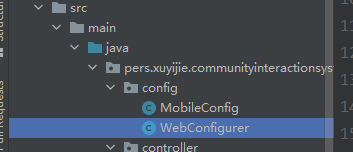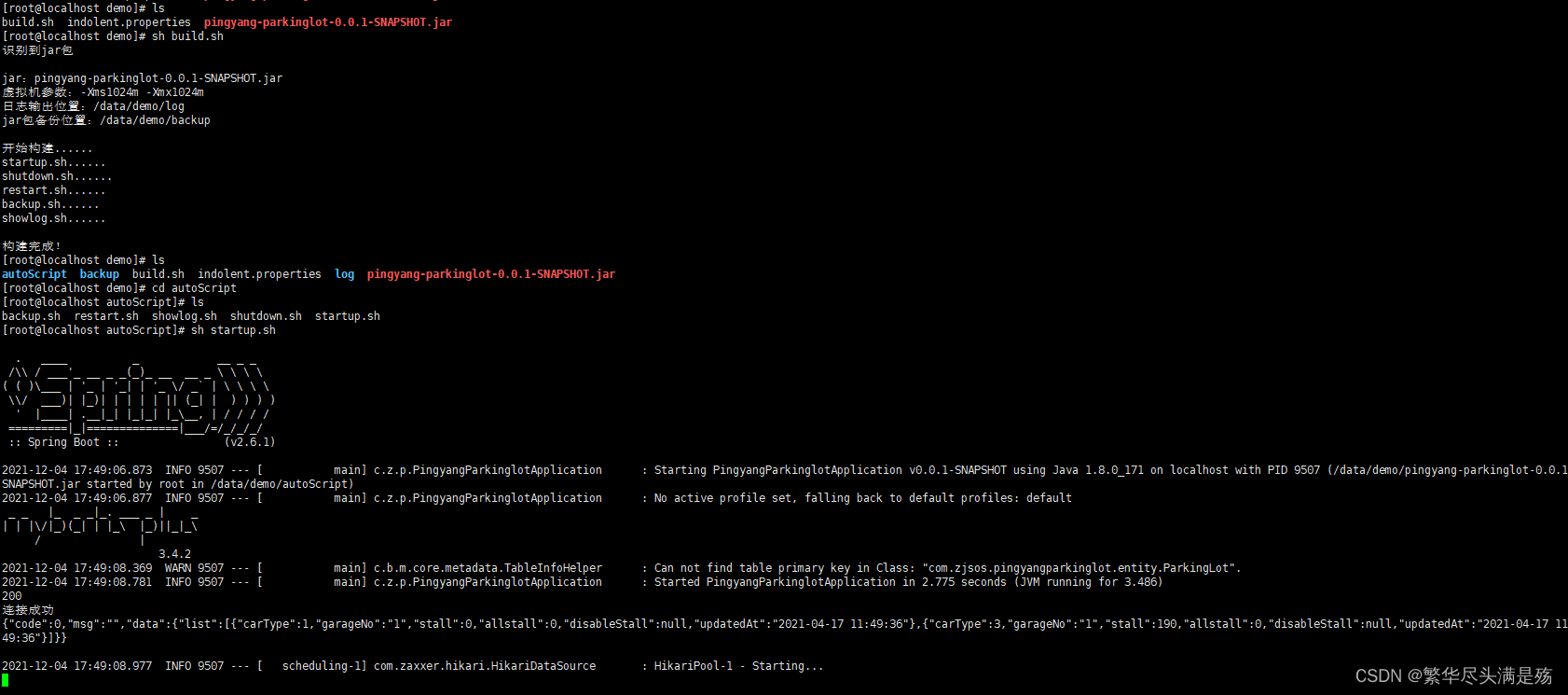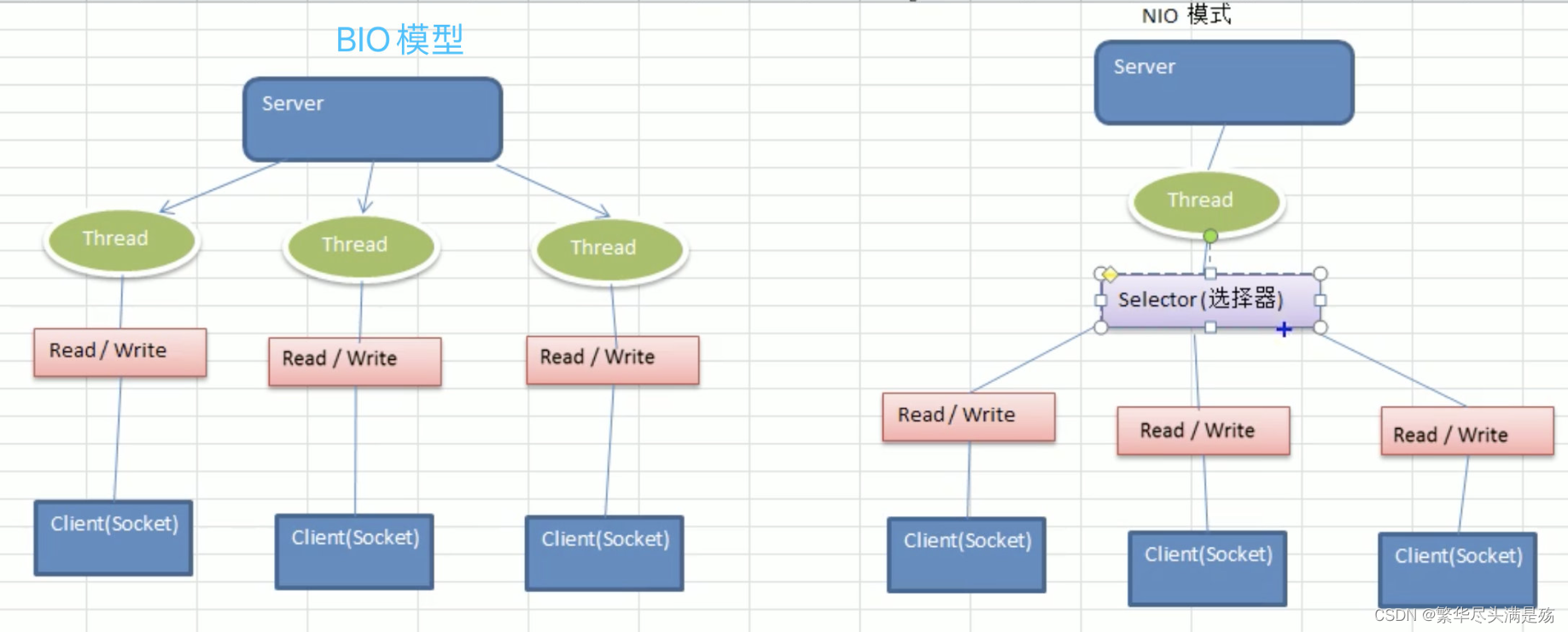Springboot物理地址映射和Nginx静态资源代理实现前端上传并访问服务器图片
前言
为什么要配置物理地址映射:因为前端的 <img :src="">或者 :style="background-img(url)"这些,如果要给这些标签动态赋值,从后端传来的路径必须是 url 形式,也就是说带冒号的动态src或者url不支持绝对路径的物理地址。 所以要配置物理地址映射把图片的的物理地址映射为 url 地址传给前端。比如 ==D:/aa.png== 前端 ==:src== 无法识别,映射为 ==http://localhost/aa.png== 就可以识别了。
为什么要配置静态资源代理:理由和上面一样,只是这个配置是项目部署到服务器上必须要添加的。也就是说项目在本地跑,上传和访问本地的图片,只需要配置Springboot的物理地址映射就可以了。
本篇文章没有介绍如何从前端上传图片并使用后端处理后讲 base64 转化为 url 存入数据库,我的另一篇有详细讲。传送门:Vue+Springboot上传图片将 Base64 码转换为图片保存在指定文件夹
一、Nginx 静态资源代理配置
先放这个,因为简单,下面配置了两个目录的代理,也就是
==http://你的IP:端口号/user_head/aa.png==可以访问到 ==/www/wwwroot/xuyijie.icu/upload_file/user_head/== 里面的aa.png
==http://你的IP:端口号/blog_img/aa.png==可以访问到 ==/www/wwwroot/xuyijie.icu/upload_file/blog_img/== 里面的aa.png
注意!如果你的服务器配置了类似下面的接口反向代理,你的访问 url 要加上 api 哦,也就是下面这样
http://你的IP:端口号/api/user_head/aa.png
1 | location /api/ { |
1 | # 下面两个location的意思是访问 http://你的IP:端口号/user_head/aa.png 就可以访问到在 |
二、Springboot 物理地址映射配置
新建 config 包,在里面新建 WebConfig 类
代码如下,解析都在注释里
1 | package pers.xuyijie.communityinteractionsystem.config; |
其实“addResourceLocations”里的路径指图片的真是存储路径,和数据库里存储的图片物理路径的字段的值无关
“数据库”里的路径瞎写都可以,只要对应图片的地址就可以,比如图片存在服务器的/www/wwwroot/xuyijie.icu/upload_file/user_head/目录,
“addResourceLocations”里和数据库里都写F://,这样也可以访问到,addResourceLocations是解析路径前端的:src路径,使图片的物理路径转换为url
总结
这是一个总结
哦对了,如果前后端不会打包部署到服务器,我的另外一篇文章有详细讲解,








